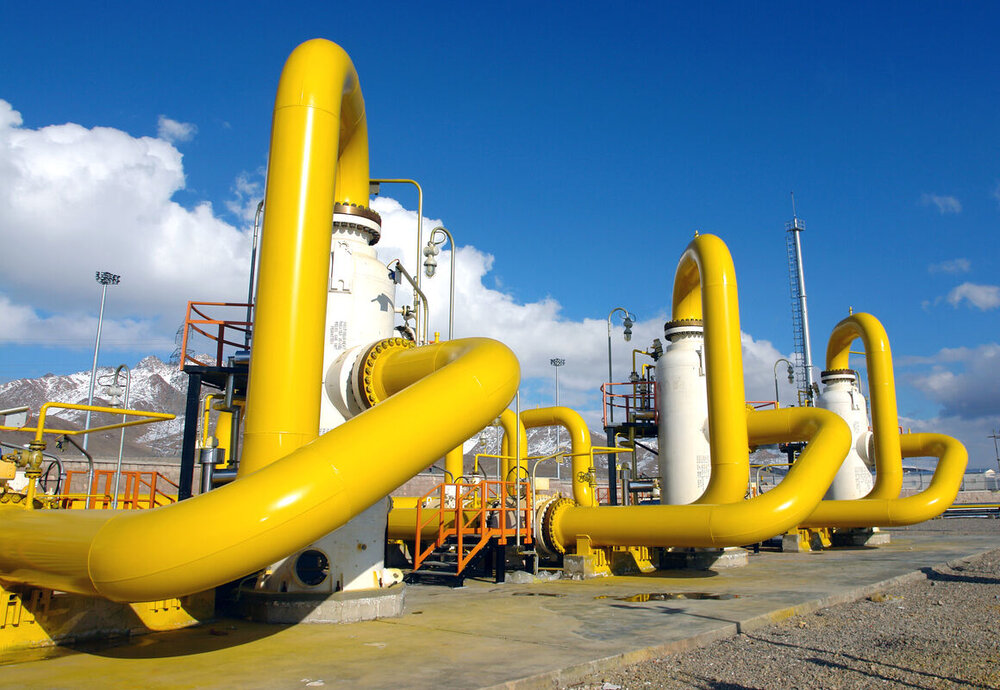Expansion of West Asia’s biggest gas network ongoing

TEHRAN – Operating the largest natural gas network in West Asia, National Iranian Gas Company (NIGC) continues to expand this network into the country’s most remote areas so that currently over 95 percent of the country’s population enjoys natural gas through this huge network.
This level of access is unprecedented in the world since based on the International Energy Agency (IEA) Energy Access Outlook even in the world’s advanced countries the average access to natural gas through the pipeline is nearly 75 percent.
According to NIGC data, Iran is currently producing over 810 mcm of natural gas daily which is mostly used inside the country for the domestic sector and also as fuel for the power plants, and a small portion is also exported to the neighboring countries like Iraq and Turkey.
With a total length of over 36,000 kilometers, Iran’s gas network is also among the world’s most modern networks and it enjoys the most modern and update measuring, transmission, and pressure boosting instruments and equipment.
This vast network of pipelines is growing bigger and bigger every year as NIGC tries to increase the coverage of the national network to nearly 100 percent.
Over the past few years, every year more than 3,000 villages have been connected to the national gas network, based on NIGC data.
According to the NIGC Head Hassan Montazer Torbati, by the Iranian calendar year 1404 (starts in March 2025), the total length of the national network is expected to reach 45,000 km.
Although in many countries due to the outbreak of the coronavirus development projects came to a halt, in Iran the projects for supplying natural gas to the country’s rural areas continued under restrict safety protocols along with many other development projects.
Gholamreza Mashayekhi, the head of NIGC Dispatching Department, said on Saturday, September 5 that over 1,000 villages and 11 cities have been connected to the national gas network in the first four months of the current Iranian calendar year (March 20-July 21).
Currently, about 30,000 villages with 4.6 million households as well as 1,148 cities with over 18 million households are connected to the national gas network in Iran.
Gas is supplied to 97 percent of people in the urban areas and 82 percent of people in the rural regions, according to Torbati.
Back in May, the NIGC’s former dispatching director said the transmission capacity of the national gas network has risen to one billion cubic meters per day (bcm/d).
Mehdi Jamshidi-Dana mentioned the inauguration of new platforms in the South Pars gas field (Iran’s biggest gas field shared with Qatar in the Persian Gulf) and noted that with the increase of the national gas network’s capacity the new production capacity from the South Pars platforms won’t be idle.
“The country’s [natural] gas production capacity is going to be increased to one billion cubic meters per day and now the national network is capable of transmitting this capacity,” he said.
EF/MA
